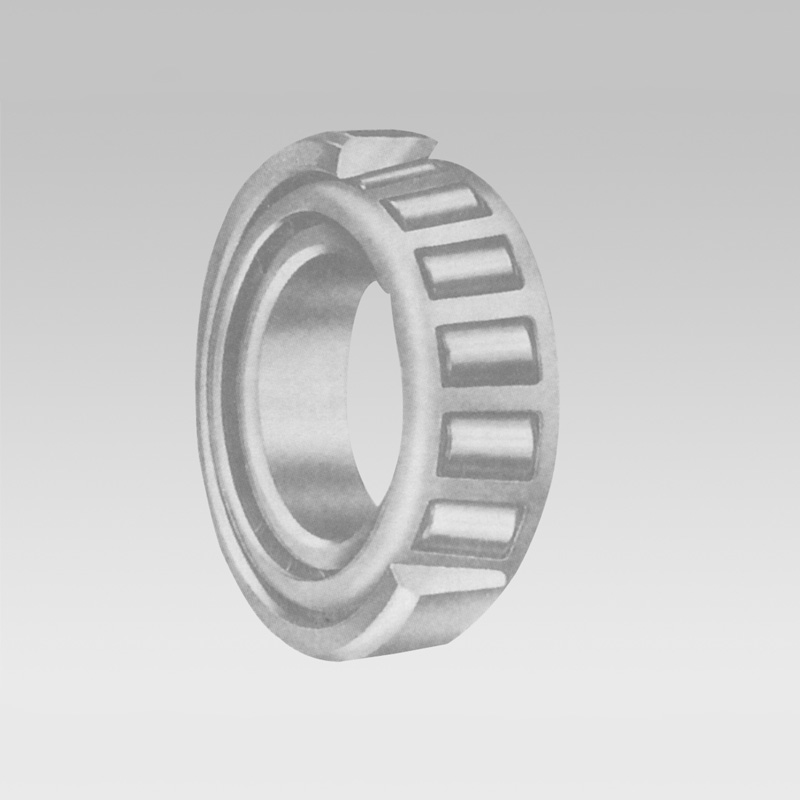
Oct . 26, 2025 12:15 Back to list
Taper Roller Bearings Sizes Guide: Wide Range, High Load
A Practical Guide to Taper Roller Bearings Sizes (with real-world notes)
Engineers often ask me the same thing at trade shows: “How do I pick sizes without overbuilding?” It sounds simple, but sizing tapered rollers is part calculation, part field wisdom. Actually, it’s why I keep a pocket notebook of fits and failures. Below is the condensed version—what matters about Taper Roller Bearings Sizes, the latest industry trends, and a few hard-won tips you won’t get from glossy brochures.
Quick note: some brochures blur bearing types. One line I saw recently said, “The angular contact ball bearings can be used to carry both radial and axial loads… at high speed.” True, but tapered rollers also carry combined loads—just typically at moderate-to-high (not ultrahigh) speeds with higher stiffness. Different animals, different sweet spots.

What’s trending
- Designers are upsizing cup width slightly for shock-prone sectors (mining, ag) to stabilize preload under thermal drift.
- There’s more “drop-in” swapping from 302xx to 320xx series to squeeze extra dynamic load rating without redesigning housings.
- Coated rollers/cups (black oxide, phosphate) are growing in gearboxes that see condensation cycles. Frankly, it’s saved many rebuilds.
Spec snapshots: common Taper Roller Bearings Sizes
| ISO Series | Bore range (mm) | OD range (mm) | Total width (mm) | C dyn. rating (kN) | Ref. speed (rpm) |
|---|---|---|---|---|---|
| 302xx (light) | 15–90 | 35–160 | ≈11–33 | ≈18–160 | 2,000–8,000 |
| 303xx (medium) | 17–120 | 47–260 | ≈13–40 | ≈25–240 | 1,800–6,500 |
| 320xx (capacity) | 20–130 | 47–200 | ≈15–42 | ≈30–260 | 1,800–7,000 |
| 330xx (heavy) | 35–200 | 80–300 | ≈25–70 | ≈70–480 | 900–3,500 |
Data are typical ranges based on ISO 355 series; real-world use may vary with cage, lubricant, and tolerance class (ISO 492).
Where they’re used (and why)
- Automotive hubs and differentials: stiffness under axial load from cornering.
- Gearboxes and reducers: combined load, moderate speed, predictable preload.
- Mining conveyors and crushers: shock loads; prefer heavier series or paired rows.
- Agriculture equipment: dirt, vibration; seals and coatings help a lot.
Materials, process, and testing
- Materials: high-carbon chromium steel (GCr15 / 100Cr6 / SAE 52100), optional ASTM A485 grades; cages in steel or PA66 for speed.
- Methods: forged rings → turned → heat-treated (58–64 HRC) → superfinished raceways (Ra ≈ 0.1–0.2 μm) → matched cone/cup.
- Testing: dimensional per ISO 492; vibration per ISO 15242; hardness per ISO 6508; life calculated to ISO 281; traceability via QR and lot metallurgy.
- Service life: L10h commonly 20,000–60,000 h; I’ve seen over 80,000 h in clean, well-lubricated reducers.
Vendor snapshot (choosing a source)
| Vendor | Size coverage | Lead time | MOQ | Certs | Notes |
|---|---|---|---|---|---|
| ARY Bearing (Origin: XIHUAN ROAD, HEXI TOWN, LINXI COUNTY, HEBEI, CHINA) | 302xx–330xx; specials | ≈3–6 weeks | Around 50–100 sets | ISO 9001; IATF 16949 (on request) | Competitive cost; good customization |
| Timken | Broad, incl. heavy-duty | Stock to 8 weeks | Varies | IATF 16949, ISO 9001 | Top technical support |
| SKF | Full series; coatings | Stock to 6 weeks | Varies | IATF 16949, ISO 9001 | Excellent documentation |
Customization that moves the needle
- Preload pairs (back-to-back) for gearboxes needing low backlash.
- Seal kits and black-oxide cups for washdown cycles.
- Special cones for shaft shoulders where standard Taper Roller Bearings Sizes won’t seat perfectly.
Case study (short and sweet)
In a quarry conveyor head pulley, swapping from 303xx to a 320xx of similar bore (plus a slightly wider cup) lifted L10h by ≈23%. Vibration grades improved one class after preload was reset per ISO 15242 guidance. Maintenance lead texted later: “Fewer hot bearings, finally.” That’s about as real as feedback gets.
How to size without overthinking
Start with combined load, pick a series per ISO 355, check housing/shaft fits, then iterate preload for temperature rise. Verify speed rating with your lubricant—many customers say a good PAO grease extends the comfortable zone by 10–15%, though your mileage may vary. And yes, always check tolerance class (ISO 492) before freezing the BOM.
Representative test data (lab)
Sample 320xx, GCr15, HRC 60–63; vibration grade V2; Cdyn ≈ 120 kN; L10h (ISO 281) at 3.2 kN eq. load ≈ 42,000 h; noise 28 dB(A) at 1,800 rpm. Repeatability n=5.
Authoritative citations
- ISO 355: Rolling bearings — Tapered roller bearings — Boundary dimensions and series designations.
- ISO 281: Rolling bearings — Dynamic load ratings and rating life.
- ISO 492: Rolling bearings — Radial bearings — Tolerances.
- ISO 15242: Rolling bearings — Measuring methods for vibration.
- ASTM A485: Standard specification for high hardness bearing steels (superseding A295).
Latest news
-
6208 zz Bearing – Key Technical Insights, Applications & Vendor Comparison
NewsNov.22,2025
-
Everything You Need to Know About the 61906 Bearing | Features, Applications & Vendors
NewsNov.22,2025
-
Comprehensive Guide to 6201z 12.7 Bearing – Specs, Uses & Vendors | Ary Bearing
NewsNov.21,2025
-
Understanding the 6205 Bearing Size: Specs, Uses, and Global Impact
NewsNov.21,2025
-
Comprehensive Guide to 6211 Bearing Dimensions for Global Industrial Use
NewsNov.20,2025
-
Discover the Reliable 6013 2rs Bearing – Specs, Benefits & Global Applications
NewsNov.20,2025
